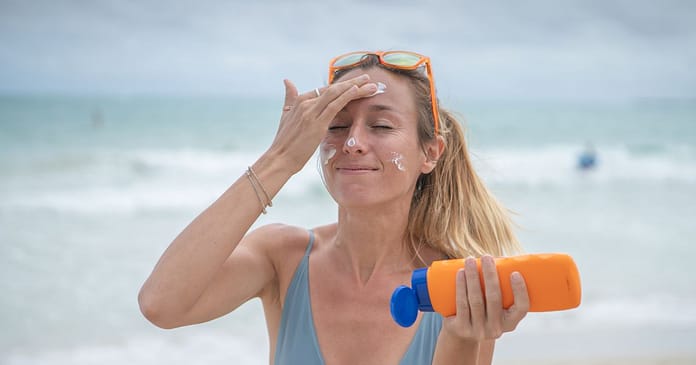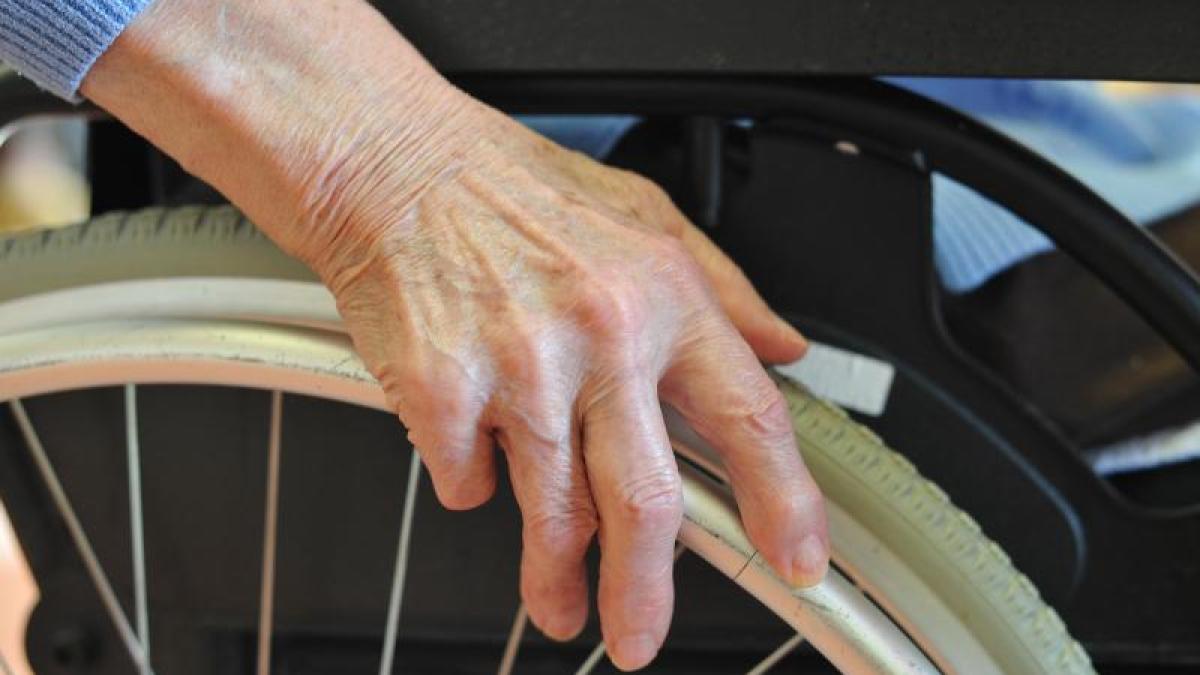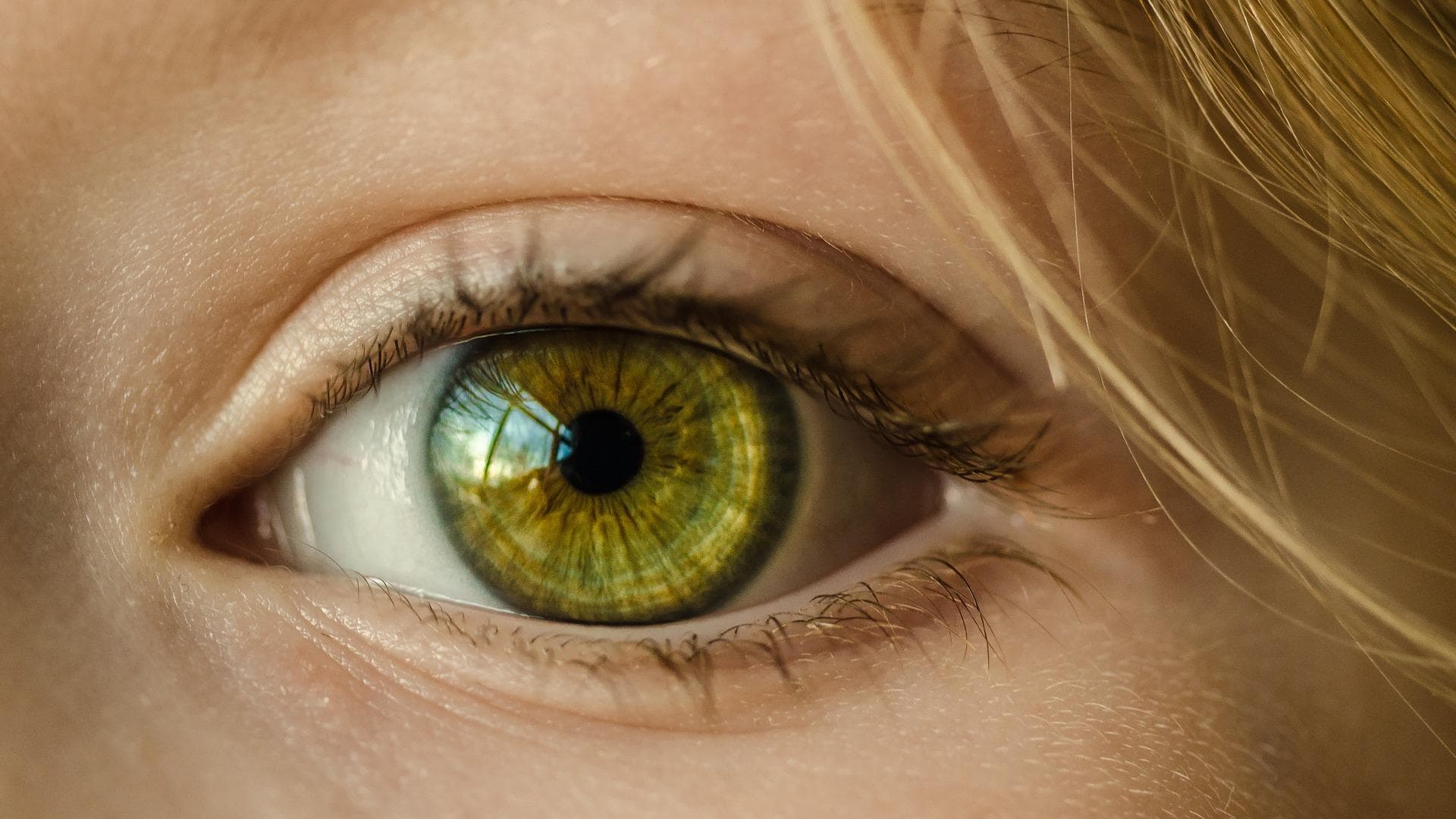Summer, sun – sunburn. If you don’t care on vacation or a trip to a swimming lake, your skin can burn quickly. So it is better to protect yourself and prevent skin aging and skin cancer.
Basically, the sun is good for people: it ensures that the body produces vital vitamin D.
Its warmth is gentle, and the skin produces the pigment melanin that protects and tans it. But at some point it becomes too much. “We don’t notice this disorder,” says dermatologist Heiko Grimm of the Korpark Skin Center in Stuttgart.
Sunburn: redness appears only later
Sunburn is nothing more than an inflammatory reaction of the skin in which many cells die. The tricky thing: You don’t feel it right away, Grimm explains. “Only after seven hours will you notice something, in about 24 hours I have reached a peak.”
Find a doctor: find a dermatologist and book an appointment online for free (advertisement)
For a minute, from when a Sun protection Necessary, the expert does not want to commit. This depends on the time of year, time of day, latitude, and whether the stratum corneum of the skin has already become tanned during the summer.
Even with snow and water, whose surfaces reflect the ultraviolet rays of the sun, you have to paint yourself.
Skin type also plays a role: If you have fair skin and blonde or red hair and freckles, always apply lotion, says Grimm. You usually get a sunburn after 10 to 60 minutes without protection – also in Germany.
But not only the skin itself suffers. The lips and eyes also need protection. So Heiko Grimm recommends a hat, lipstick and glasses with UV protection and SPF 50 instead of 15. What does the number mean again?
“50 means it takes 50 times as long to use this cream to get a sunburn without it,” Grimme explains. However, this value is determined under laboratory conditions, so about a third must be subtracted.
The sun protection factor provides a lot of protection
“For example: Fair-skinned Central Europeans have a self-protection time of about 20 minutes,” explains Selerberg, who is also a spokeswoman for the Federal Chamber of Pharmacists. “Anyone exposed to the sun for longer without protection will get a sunburn.”
If you rub yourself with a cream with SPF 15, the protection time is extended to 300 minutes (20 minutes 15 times). You should subtract a third of that. There are 200 minutes left that could theoretically be left in the sun.
Please note: times are shorter for kids because their skin can’t protect itself either. “Infants and young children should never be exposed to direct sunlight,” advises Silberg.
There must be enough for the corresponding long protective effect Sun cream on the skin. But many people don’t age enough, says dermatologist Heiko Grimm. “The rule is: Three tablespoons for the body and one teaspoon for the face.” Only with this amount can the specified SPF be achieved. If you apply less, the protection is reduced.
Find a doctor: find a dermatologist and book an appointment online for free (advertisement)
Sun Cream: Consider the best before the date مراعاة
You usually get your sunscreen out of the closet sometime in early summer and put it there in late summer. But how long can the cream actually keep? The answer is the so-called period of use on the packaging. If it says “12 M” there, for example, you must use it within twelve months at the latest after opening.
“You can direct yourself from that,” says Ursula Selerberg. Sometimes the expiration date is printed instead of the period of use. Little research has been done so far on whether sunscreen can still be used after the expiration date. “I myself will only take the cream for the next season at most,” says dermatologist Grimme.
And if necessary, you can leave your shirt and pants on. Because clothes also protect against UV rays. In principle, the following applies: the more compact and thicker the fabric webs, the less UV light will pass through.
It is also advisable to stay in the shade when the sun is at its peak in summer at noon and early afternoon.







